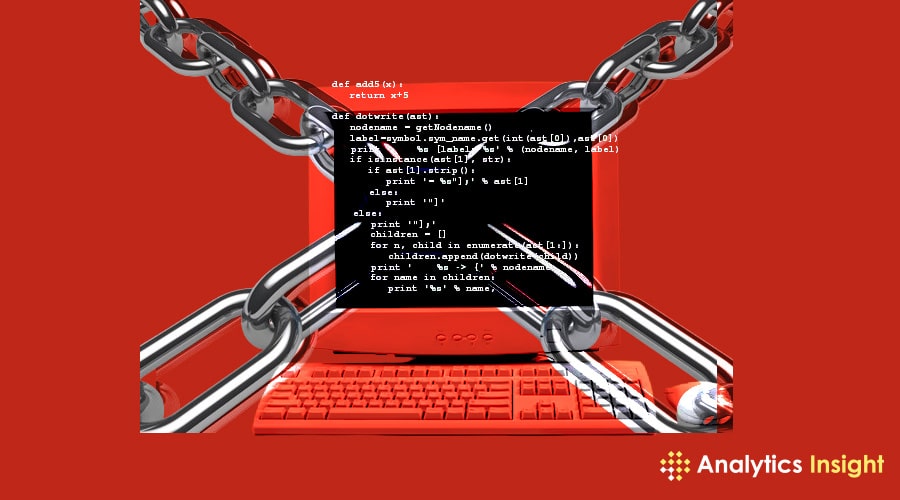.post-author {
position: relative;
padding-bottom: 0px;
height: 28px;
}
.author-image {
position: absolute;
bottom: 0;
left: -60px;
width: 100%;
border-radius: 0%;
cursor: pointer;
}
@media only screen and (max-width: 600px) {
.img {
position: absolute;
left: 20%;
width: 250px;
height: 200px;
}
.author-image {
left: 0px;
width: 100%;
}
.code-block .container {
padding: 0px;
}
.post-author {
margin-bottom: 0;
}
}

In 2024, discover the key programming languages propelling blockchain innovation forward
As blockchain technology continues to disrupt industries far beyond its cryptocurrency roots, the programming languages used to build these decentralized platforms are evolving. In 2024, a diverse array of languages is shaping the blockchain landscape, each bringing unique features and capabilities to the table. This article explores the key programming languages driving blockchain this year and their impact on the development of this groundbreaking technology.
Solidity: The De Facto Standard
Solidity remains the undisputed leader in blockchain programming languages. As the primary language for Ethereum smart contract development, Solidity’s influence has grown with the platform’s dominance in the decentralized application (dApp) space. Its syntax, like JavaScript, makes it accessible to new developers, while its robust features cater to complex smart contract logic.
JavaScript: The Versatile Giant
JavaScript’s ubiquity in web development has extended to blockchain. It’s a versatile language that allows developers to build interactive user interfaces for dApps. With frameworks like Node.js, JavaScript enables the creation of scalable network applications that can communicate with blockchain backends.
Java: The Enterprise Favorite
Java‘s long-standing reputation for reliability and scalability makes it a preferred choice for enterprise blockchain solutions. Its platform-independent nature allows for the development of cross-platform applications, a critical feature for large-scale blockchain systems.
Python: The Beginner-Friendly Choice
Python‘s simplicity and readability have made it a favorite among beginners and experts alike. In the blockchain realm, Python is often used for rapid prototyping and scripting due to its extensive libraries and supportive community.
Go (Golang): The Performer
Go, also known as Golang, is praised for its performance and efficiency. It’s the language behind some of the most performant blockchain networks, offering a balance between speed and ease of use.
C++: The Powerhouse
C++ has been integral to blockchain development since the creation of Bitcoin. Its control over system resources and complex algorithmic capabilities make it ideal for building high-performance blockchain systems.
Rust: The Safety-First Language
Rust is gaining traction in the blockchain community for its focus on safety and concurrency. Its ability to prevent common programming errors makes it suitable for the secure and reliable development of blockchain systems.
Vyper: The Security-Minded Alternative
Vyper, a relatively new language, is designed to produce more secure smart contracts with a syntax like Python. It emphasizes security and simplicity, aiming to reduce the risks of vulnerabilities in smart contracts.
The Role of Programming Languages in Blockchain Evolution
The choice of programming language can significantly influence the design, security, and functionality of a blockchain system. Developers must consider factors such as the language’s performance, ease of use, and the specific requirements of the blockchain application they are building.
Adapting to Industry Needs
As blockchain technology matures, the programming languages used to build it are adapting to meet the changing needs of the industry. Languages that offer better security, faster transaction speeds, and more efficient consensus mechanisms are in high demand.
The Future of Blockchain Programming
Looking ahead, we can expect to see continued innovation in blockchain programming languages. The rise of quantum-resistant algorithms and the need for more sustainable and energy-efficient blockchains will likely drive the development of new languages and frameworks.
In 2024, the blockchain landscape is diverse and dynamic, with a range of programming languages leading the charge. From Solidity’s smart contract development to Rust’s safety-first approach, each language plays a crucial role in the ongoing evolution of blockchain technology. As the industry grows, the programming languages driving blockchain will continue to adapt, innovate, and redefine the possibilities of decentralized systems.



